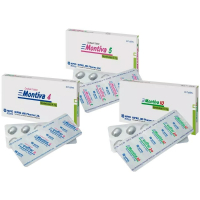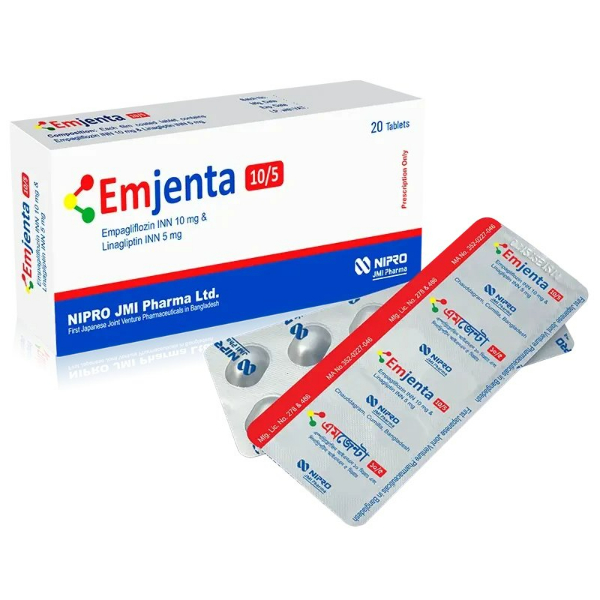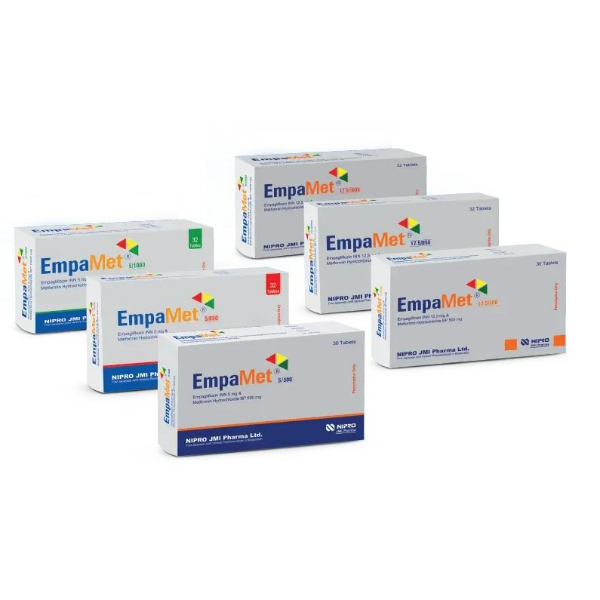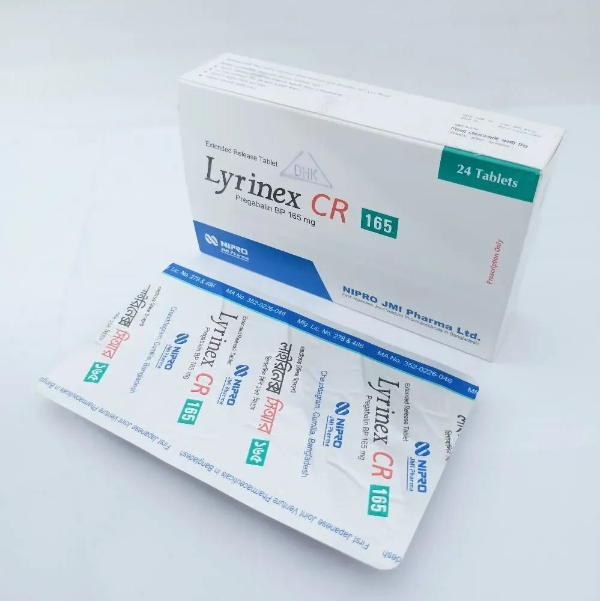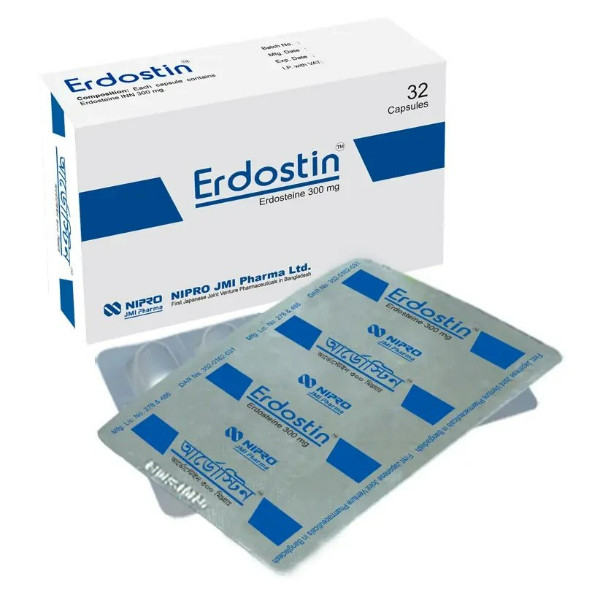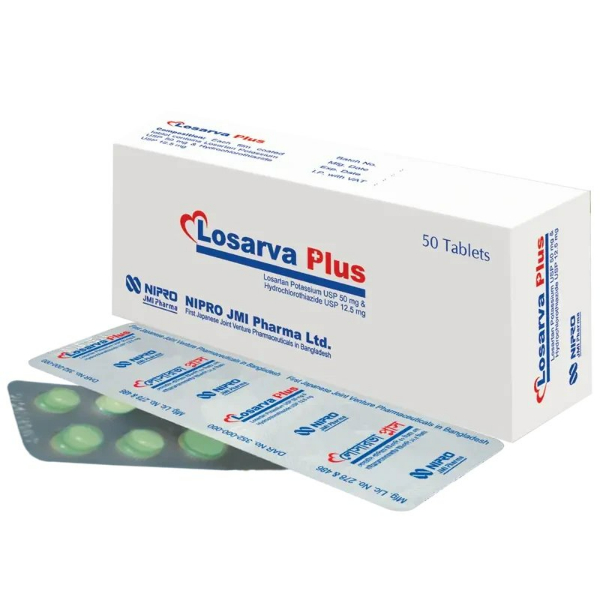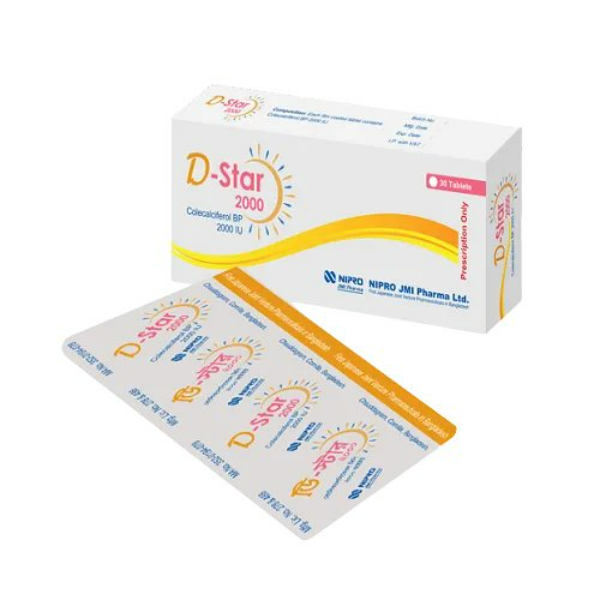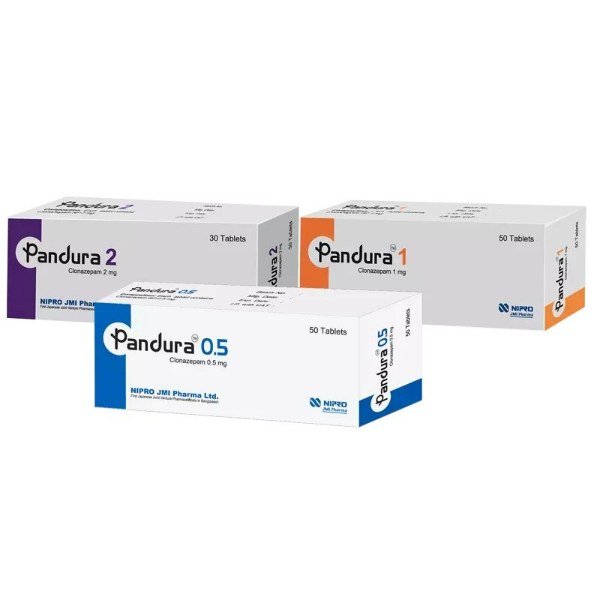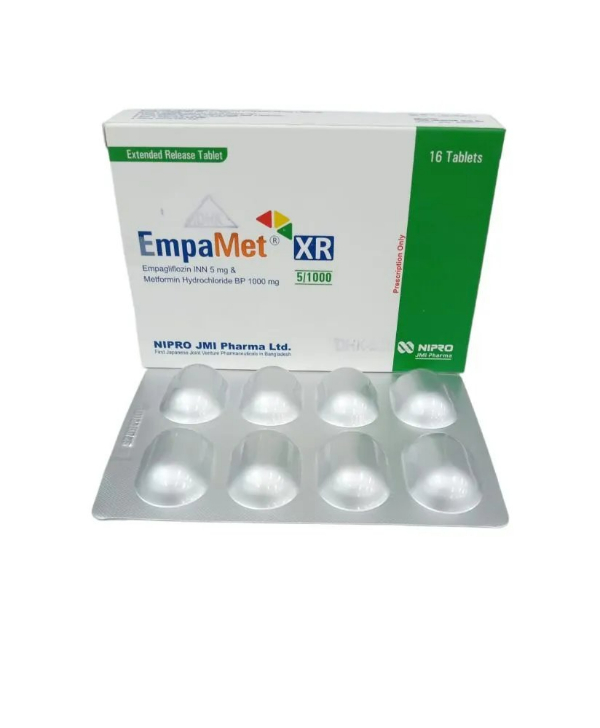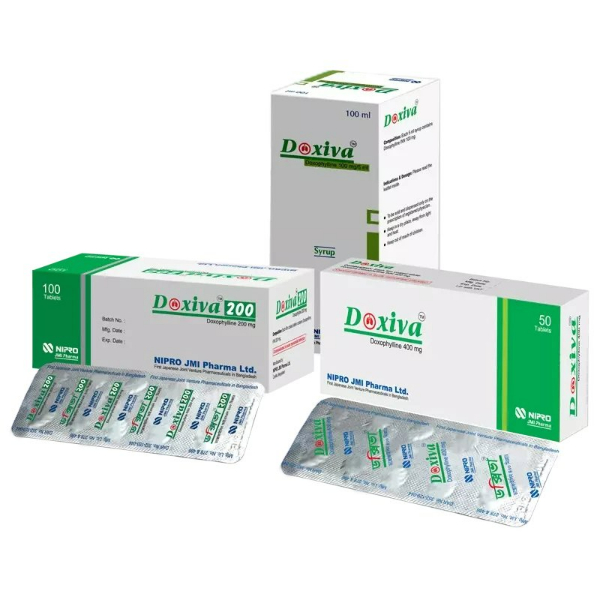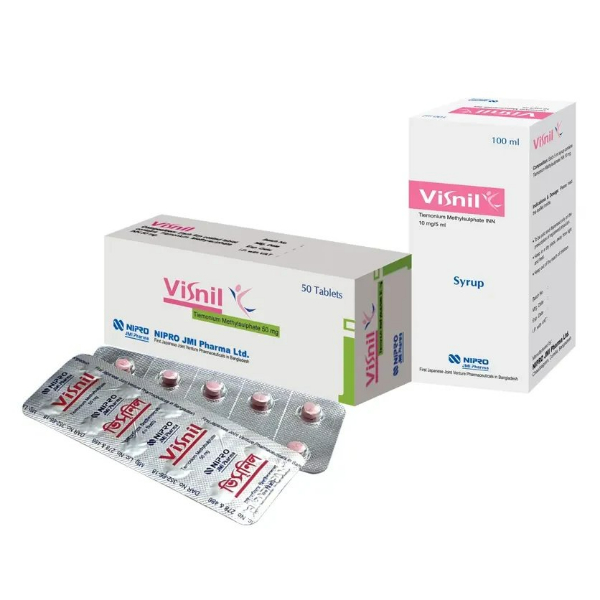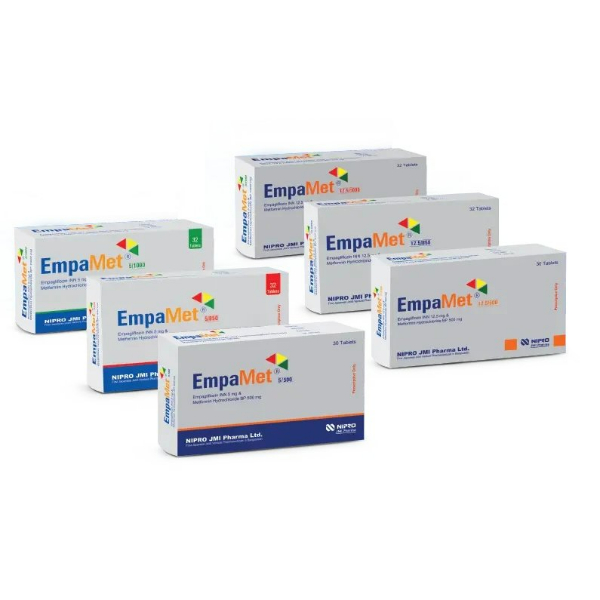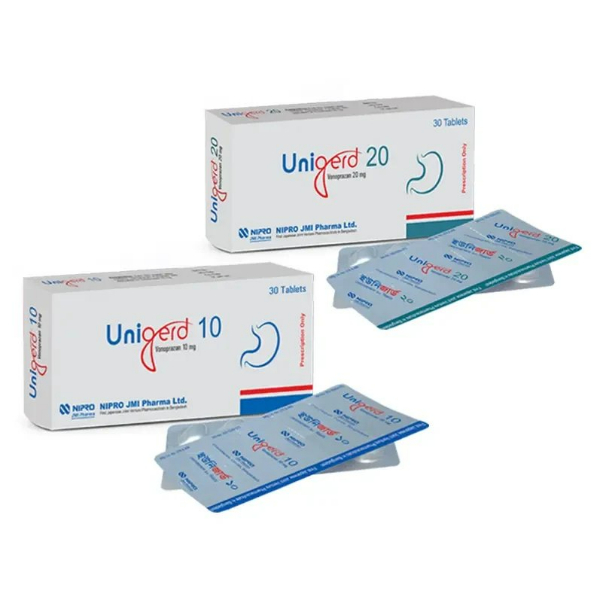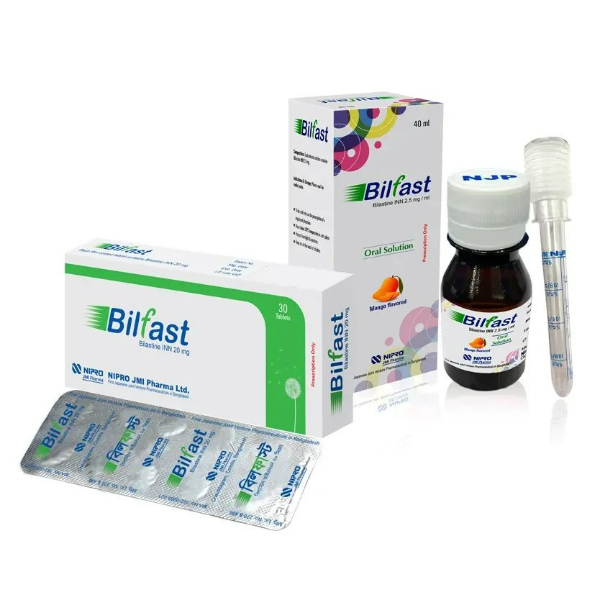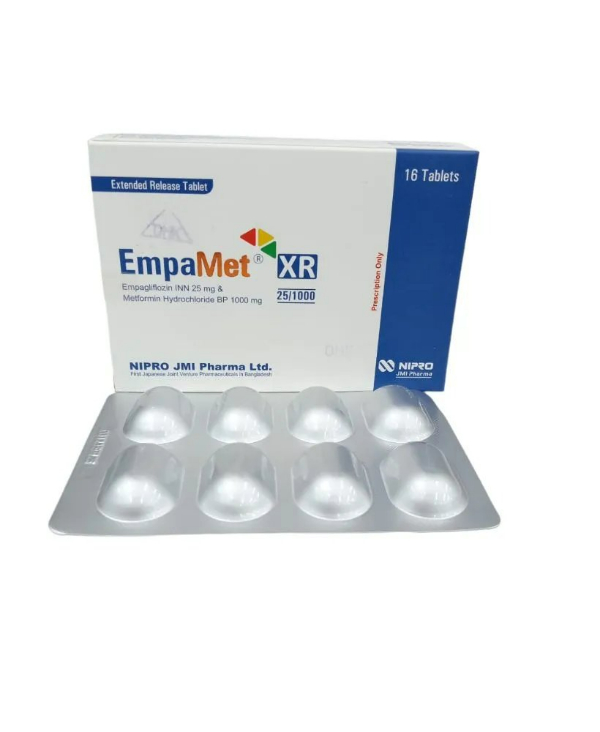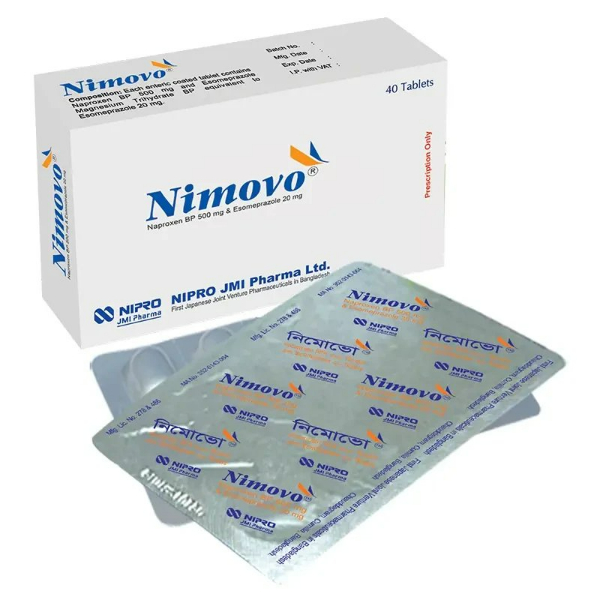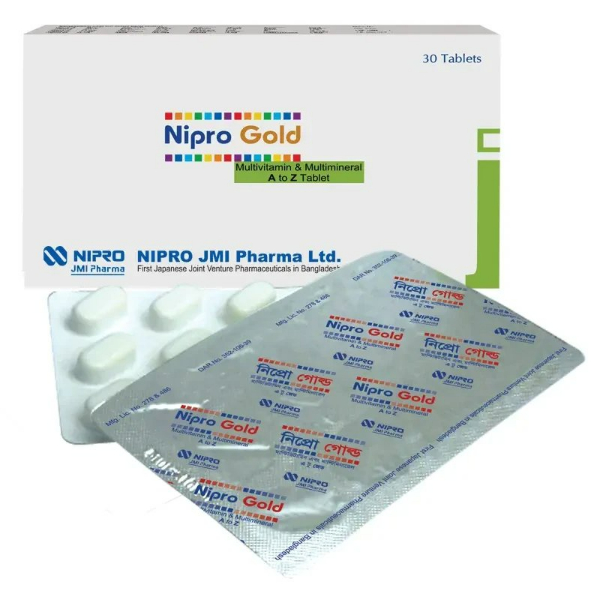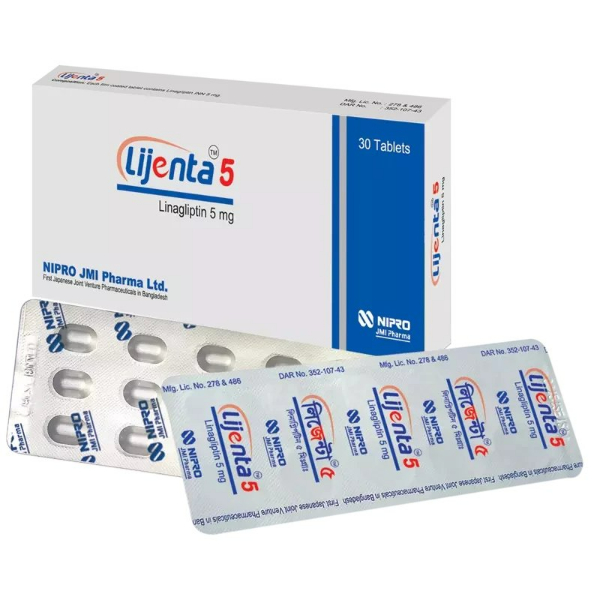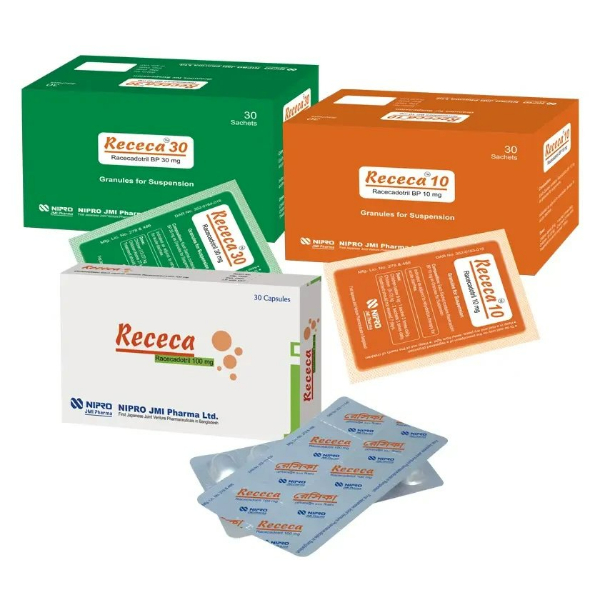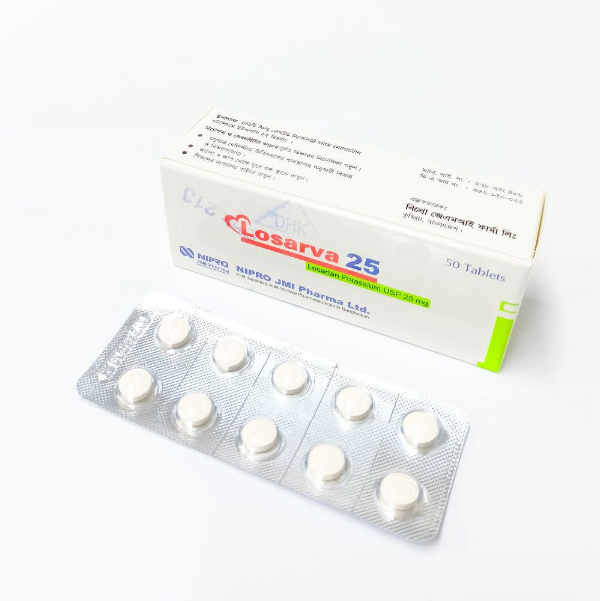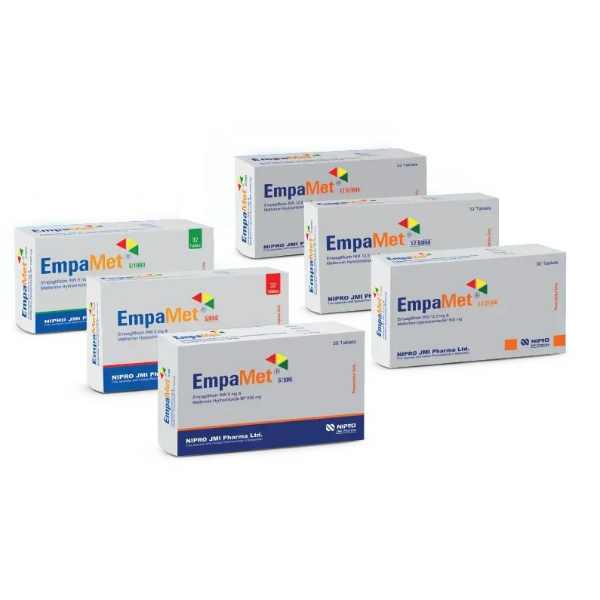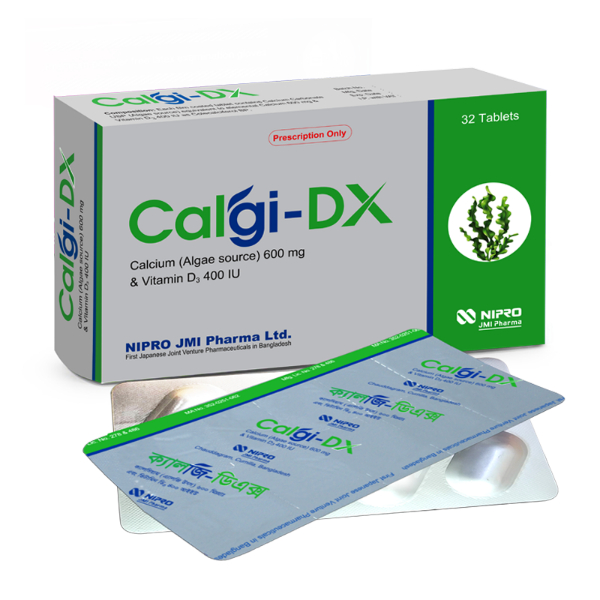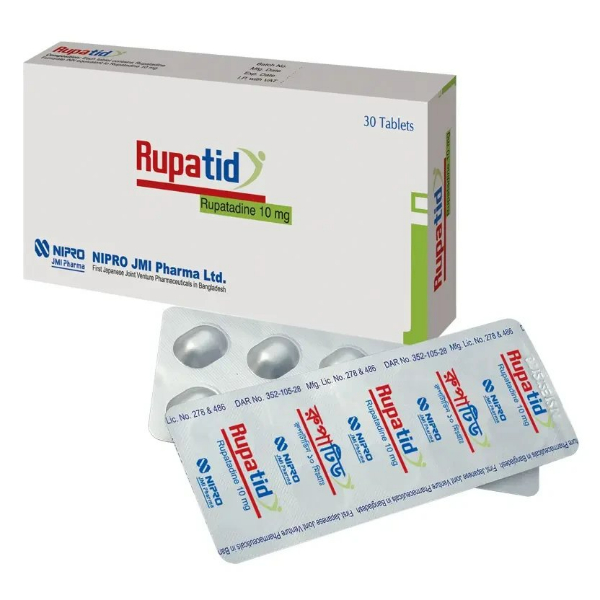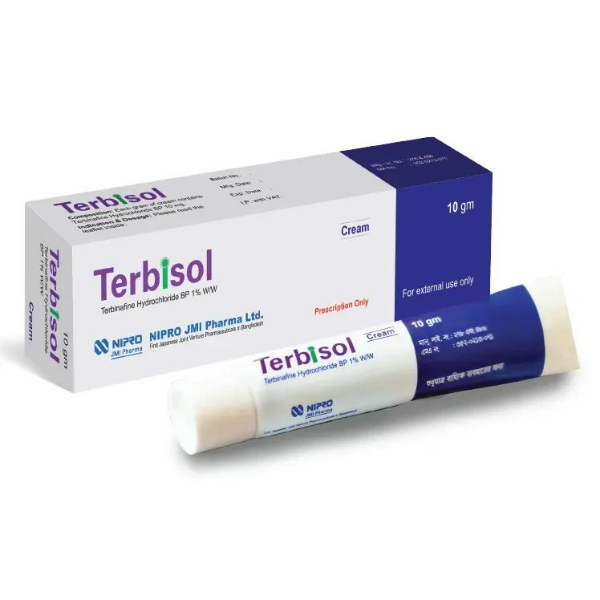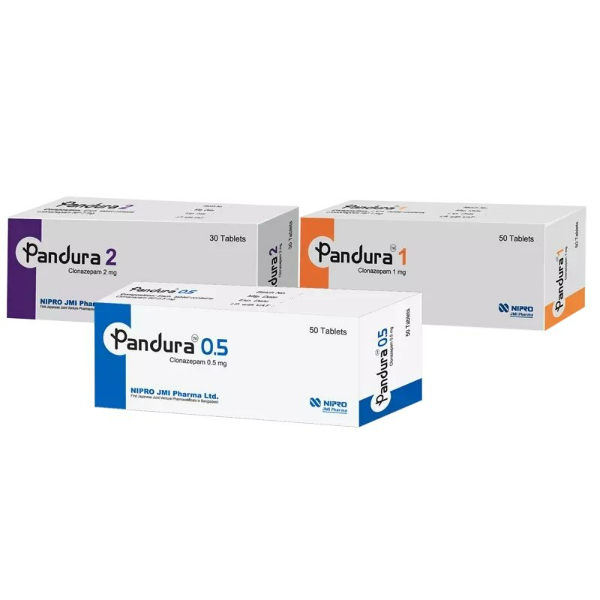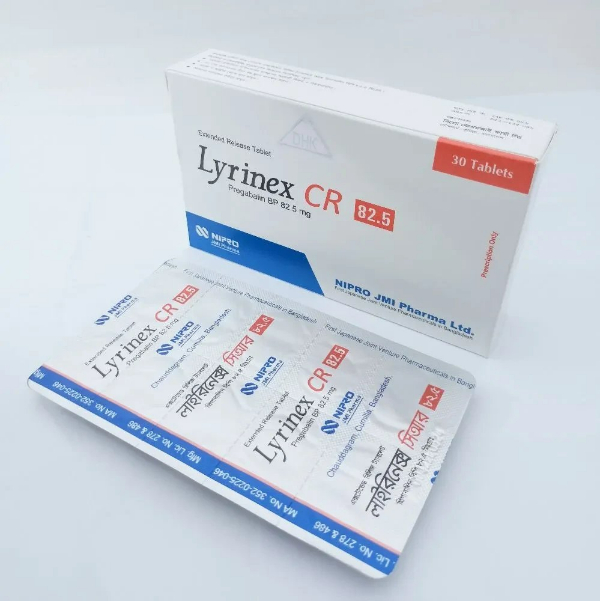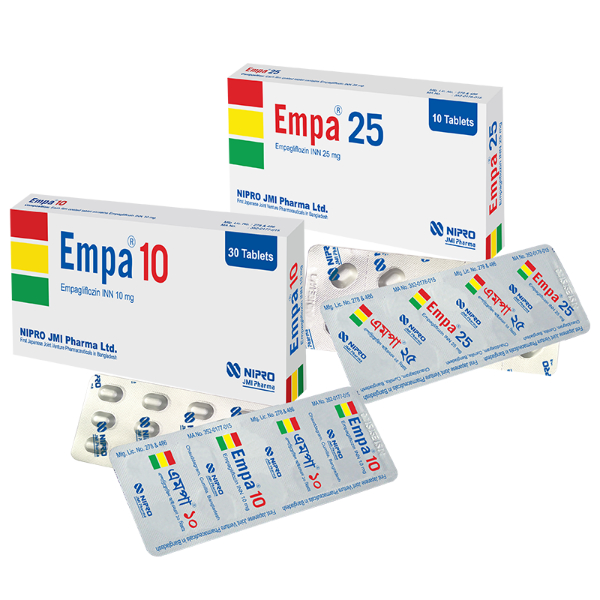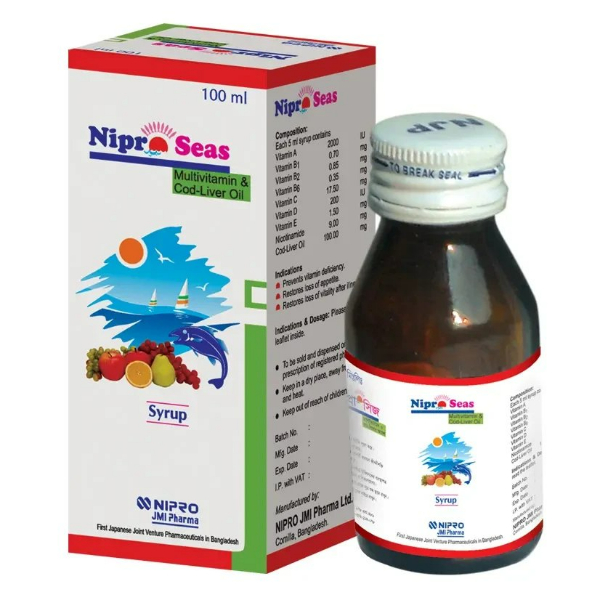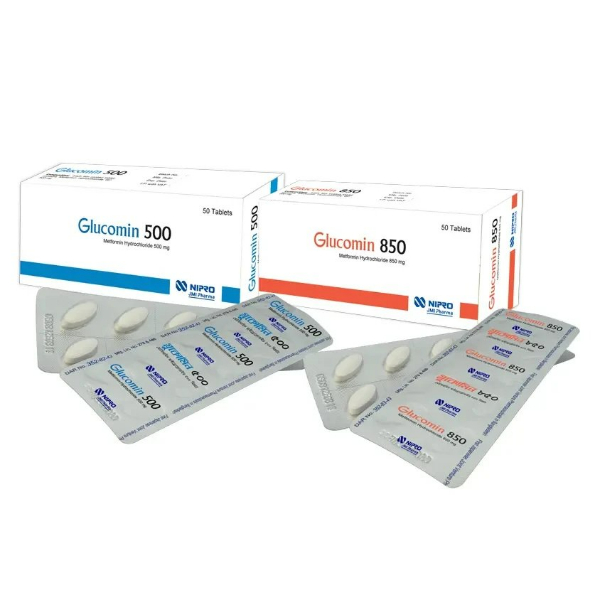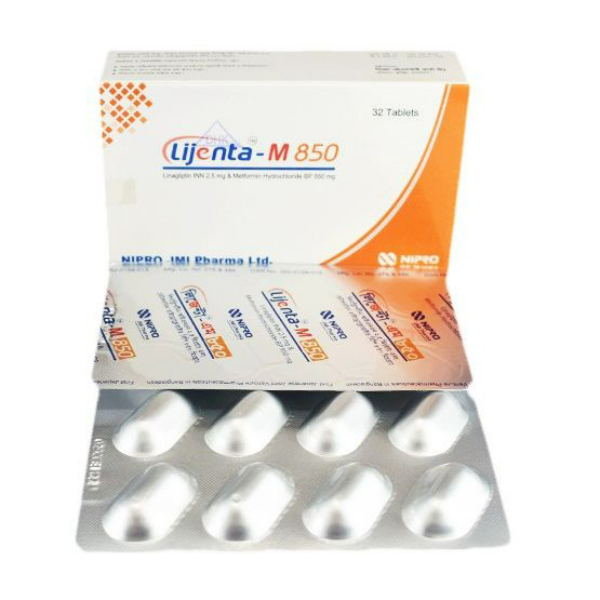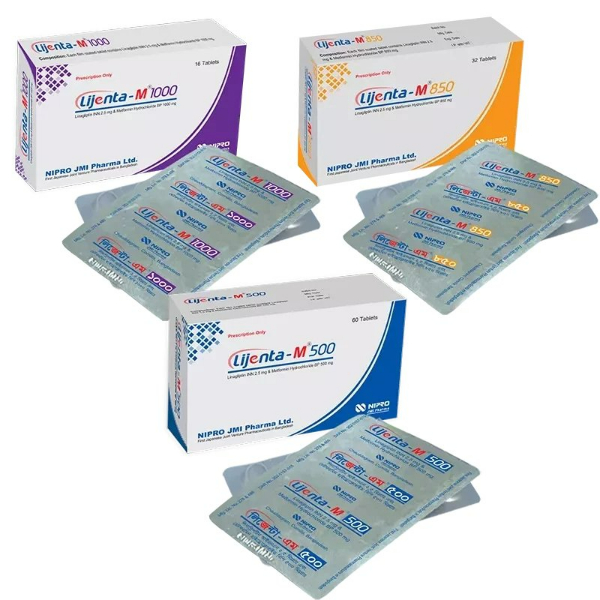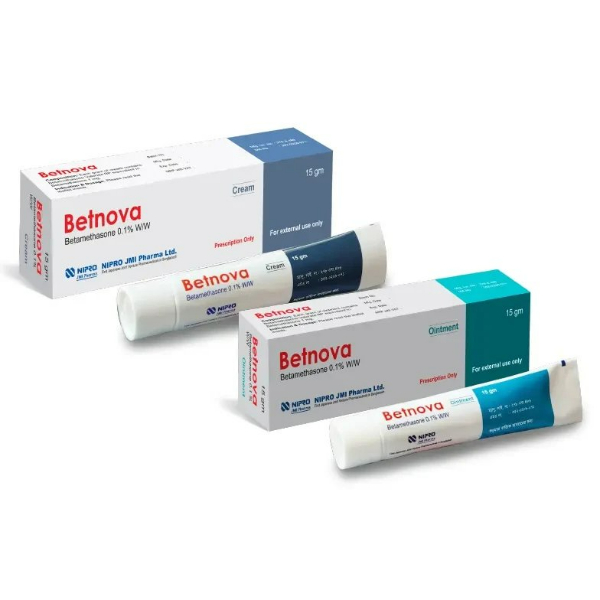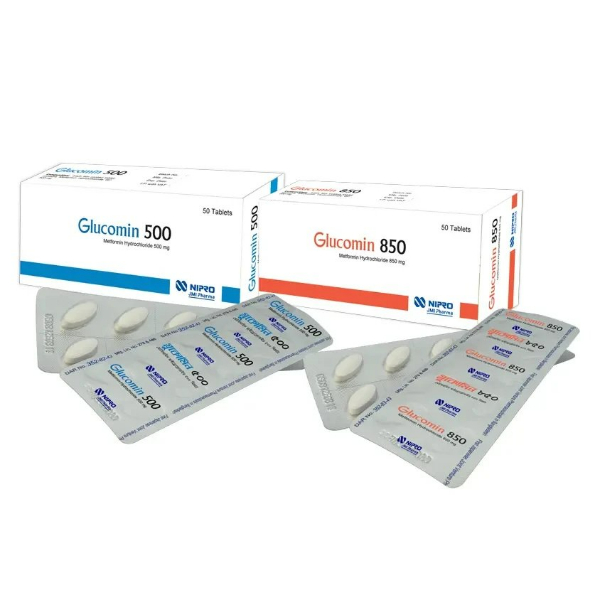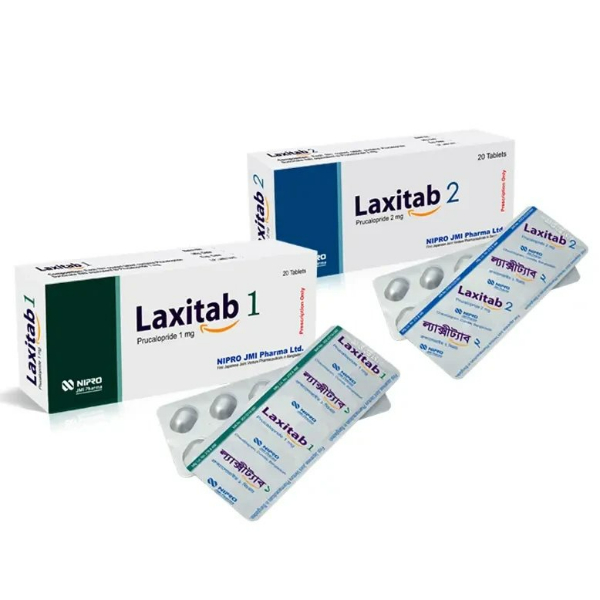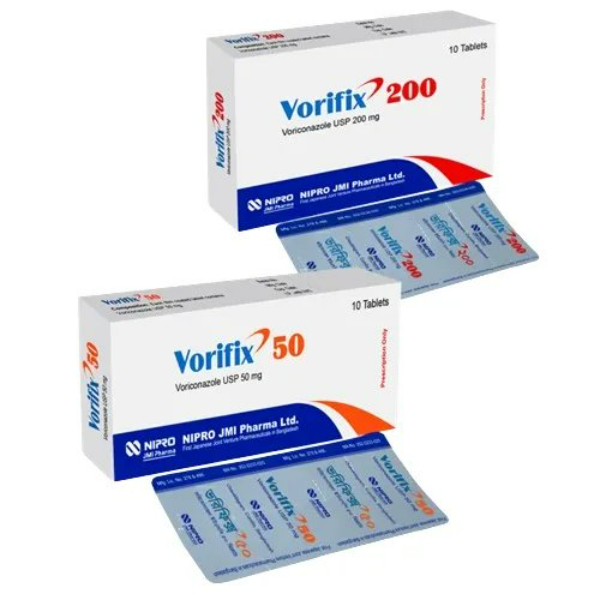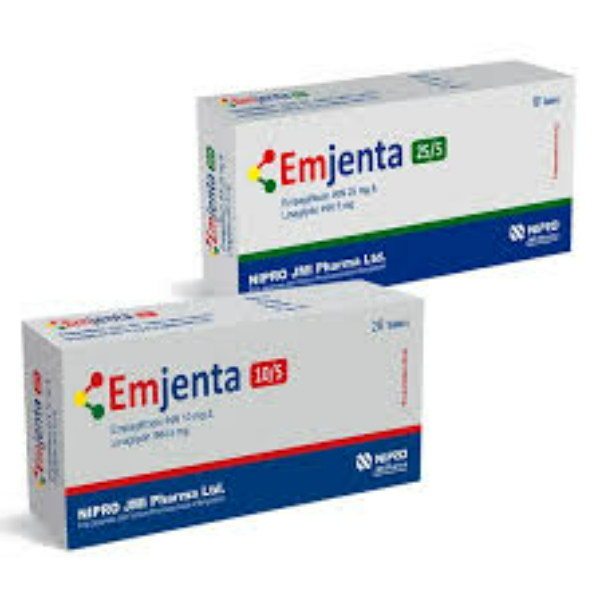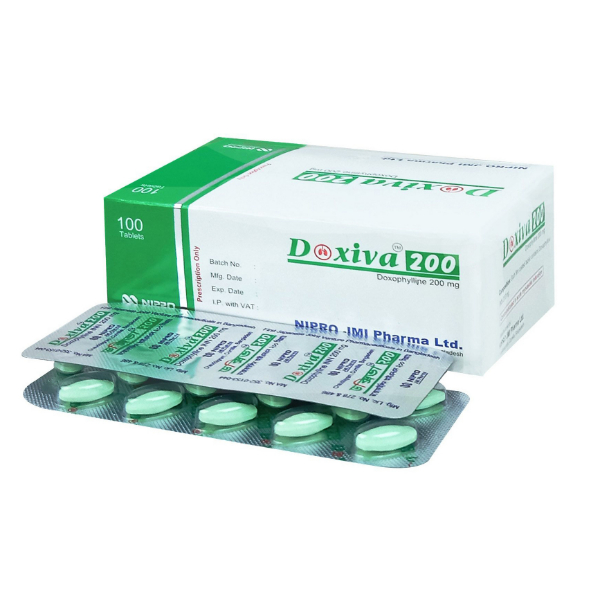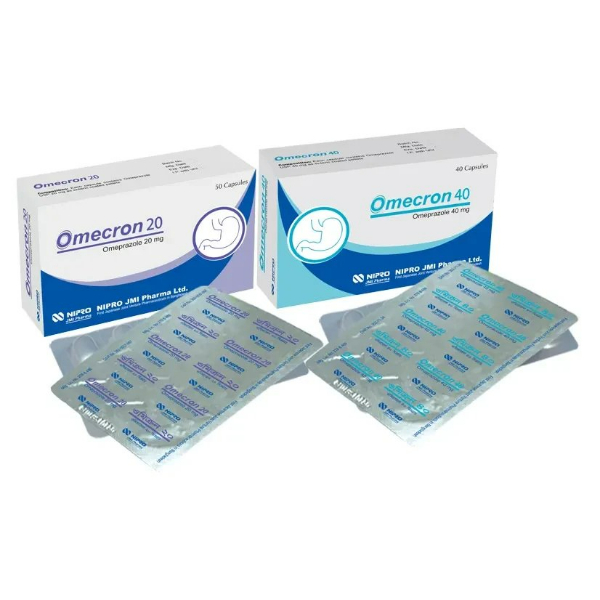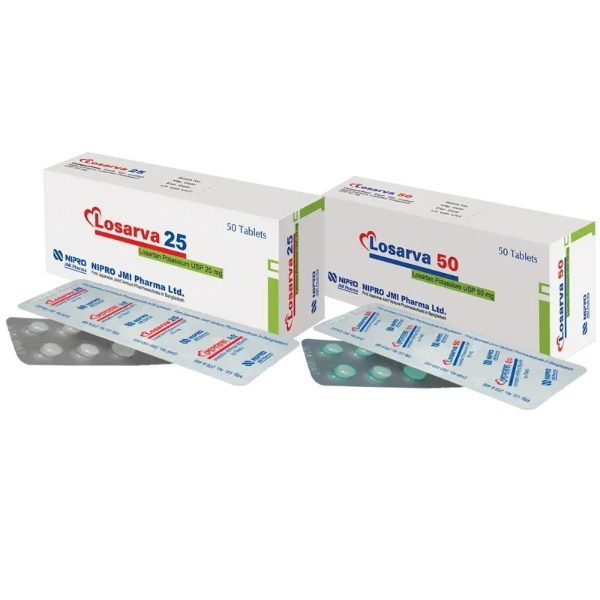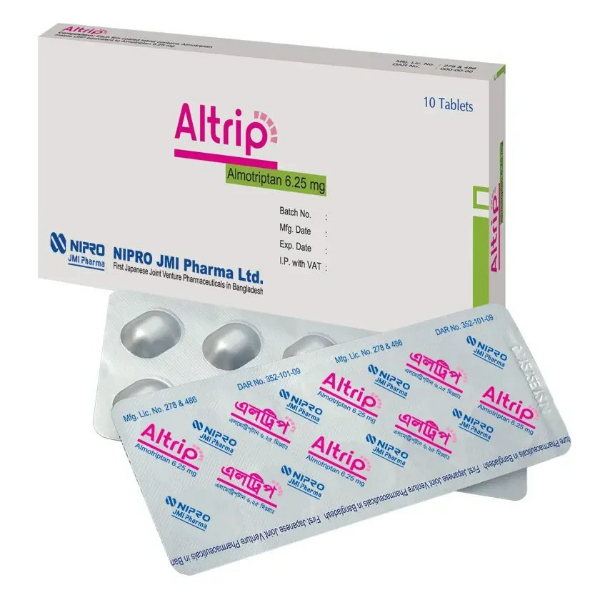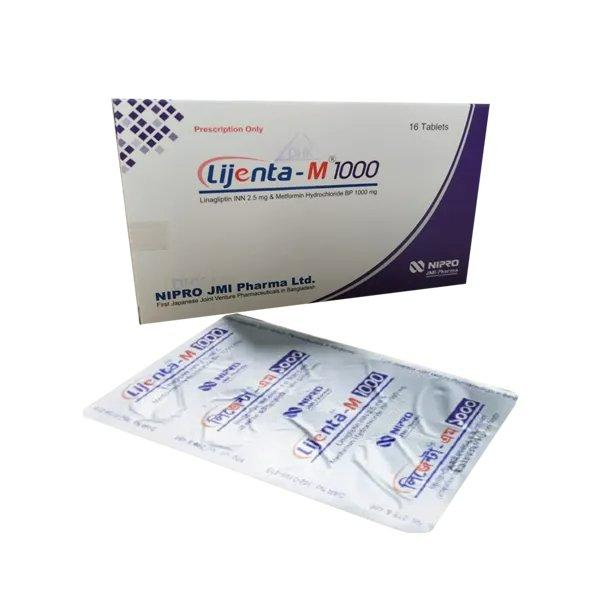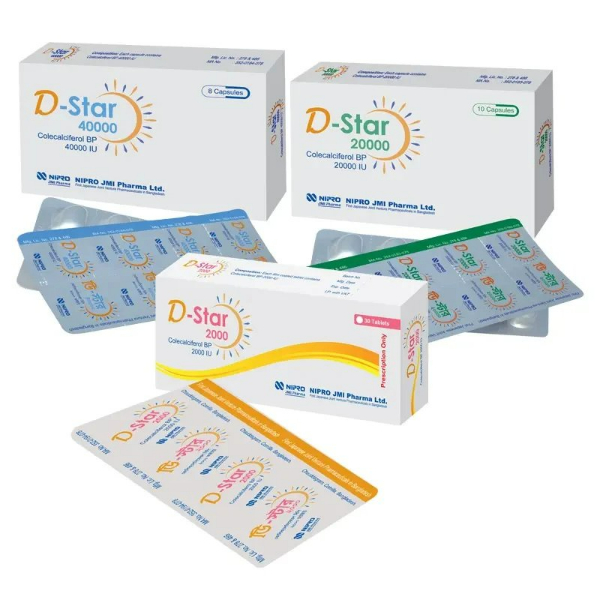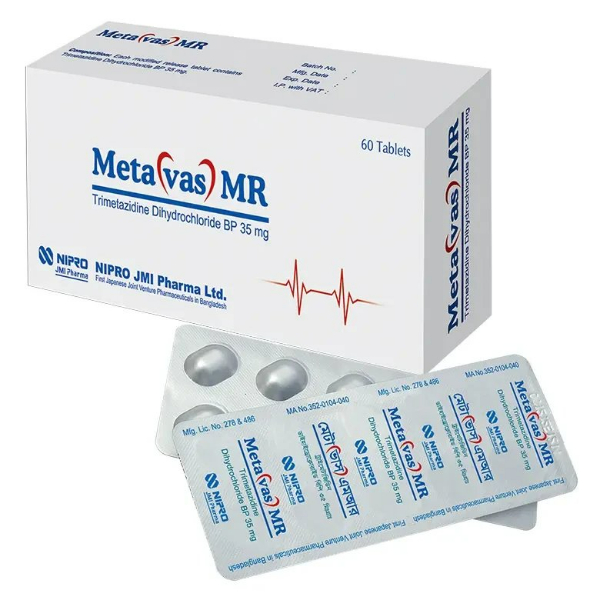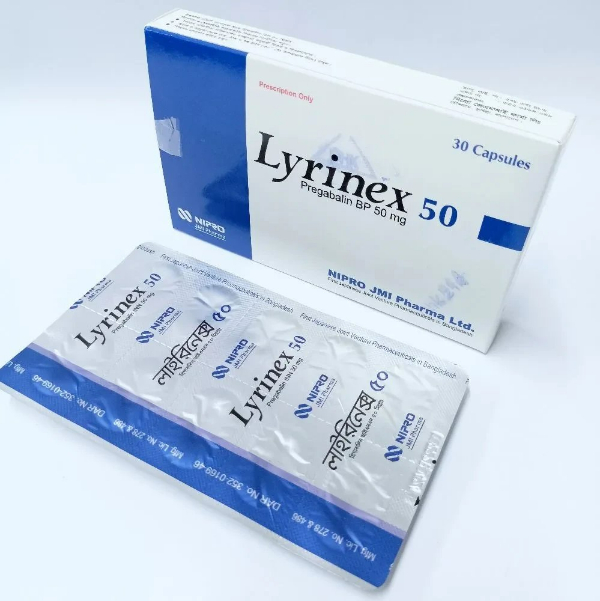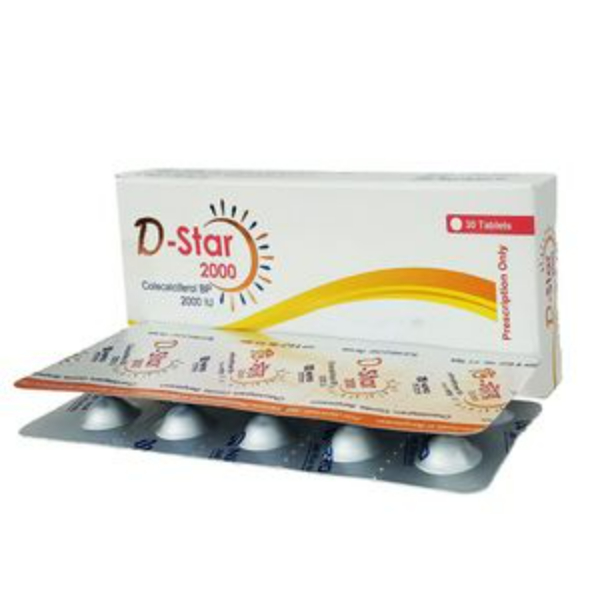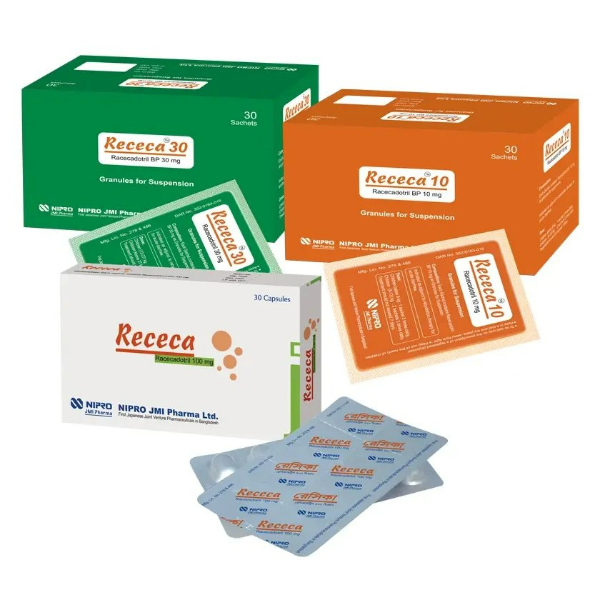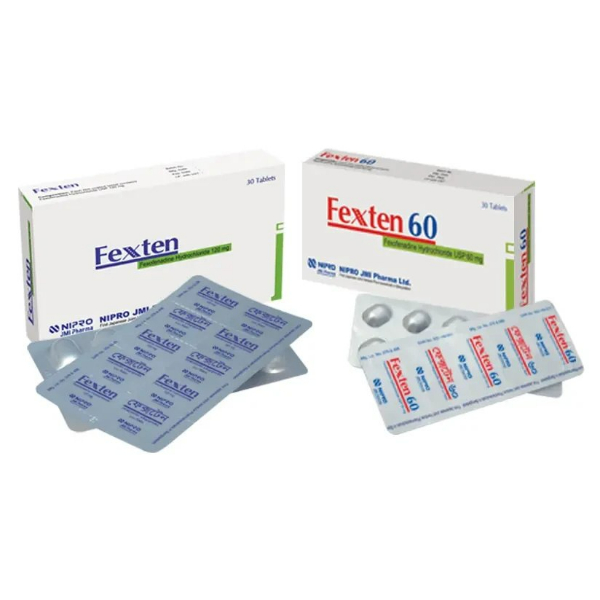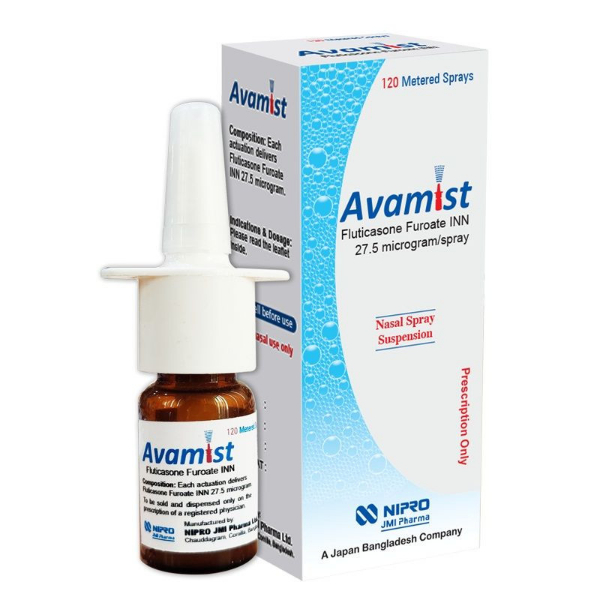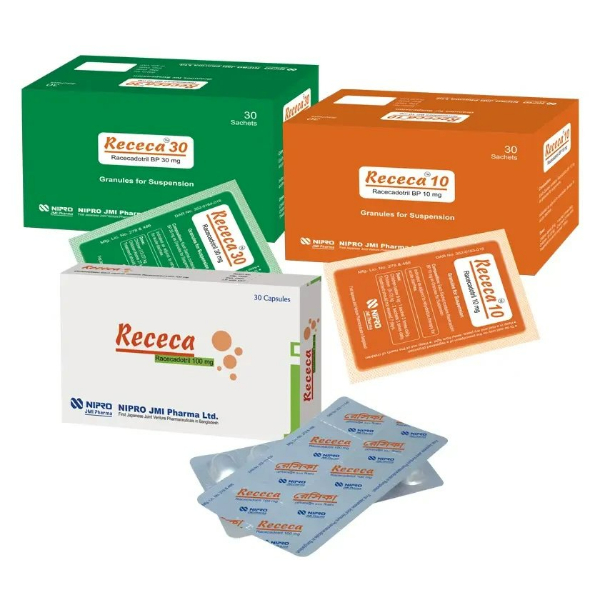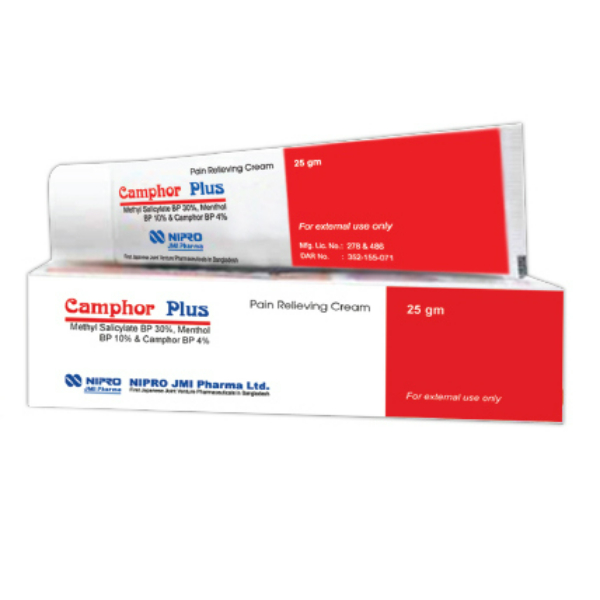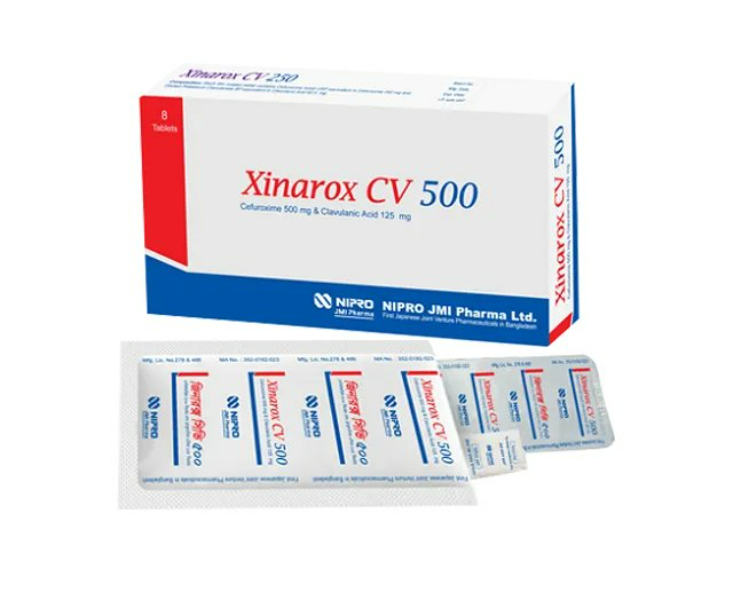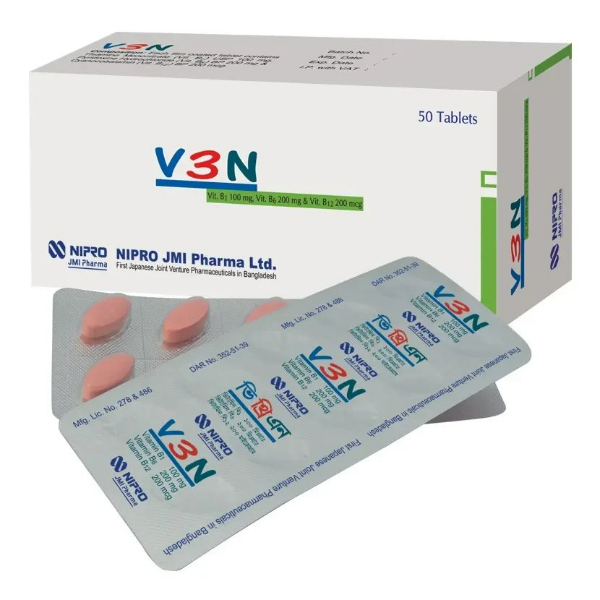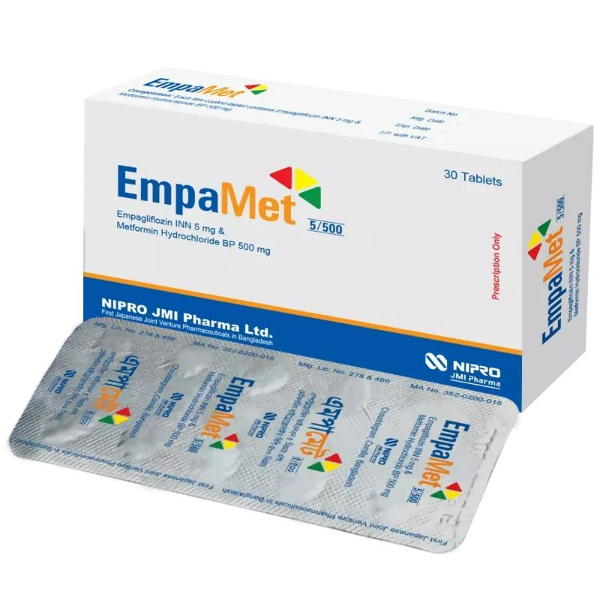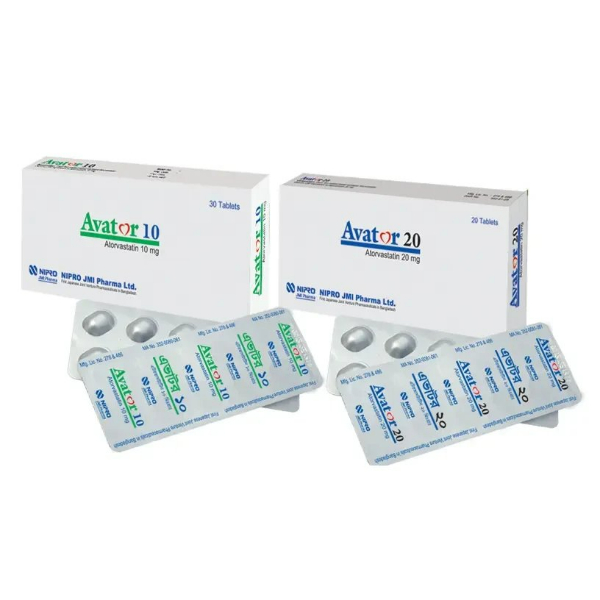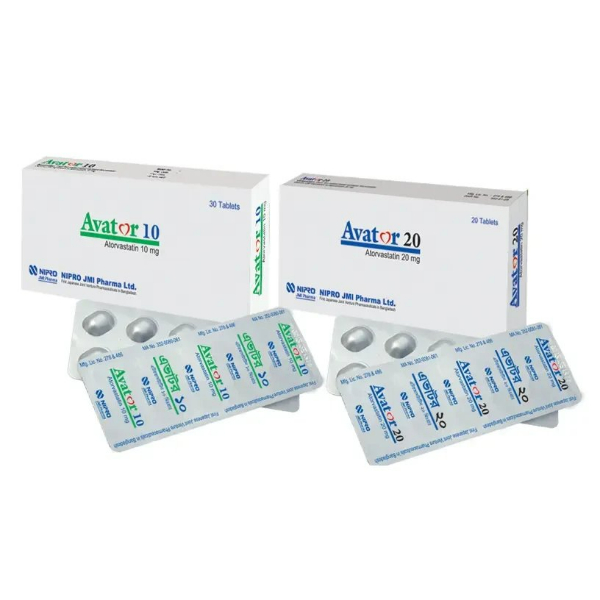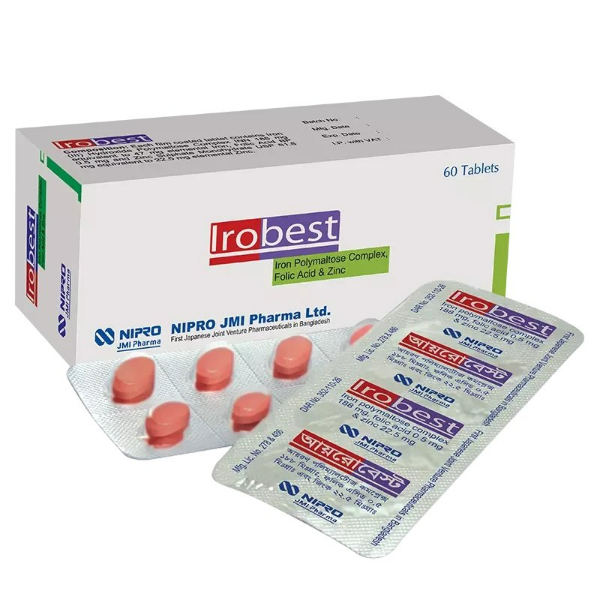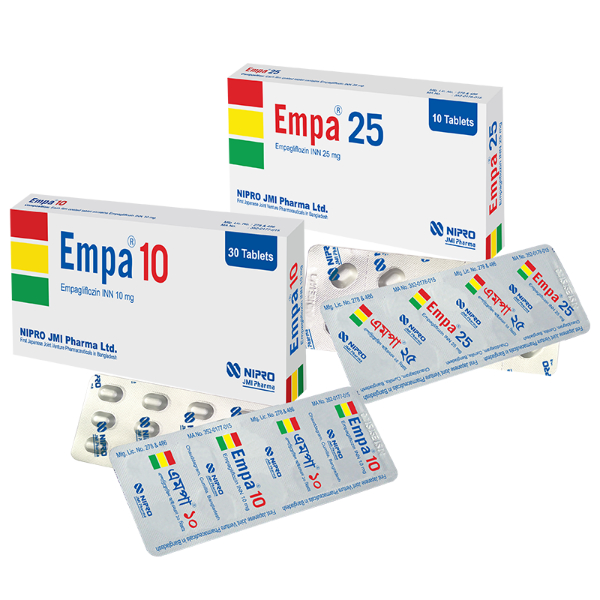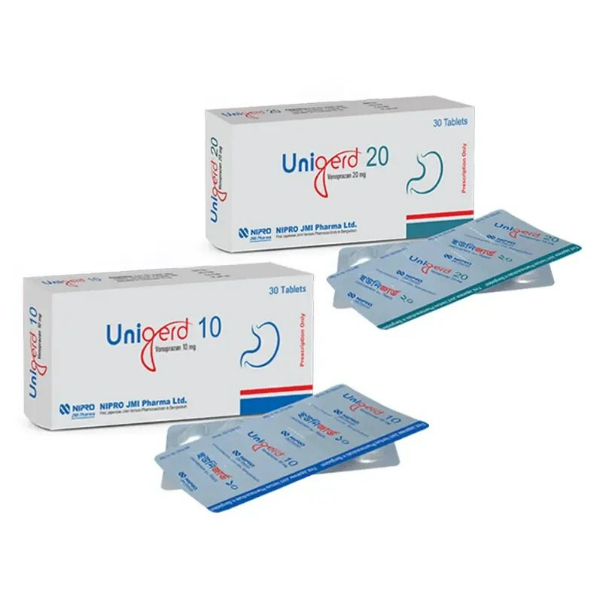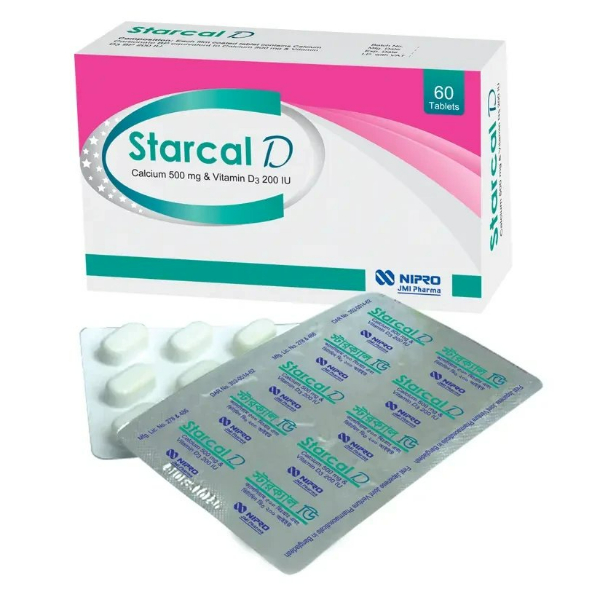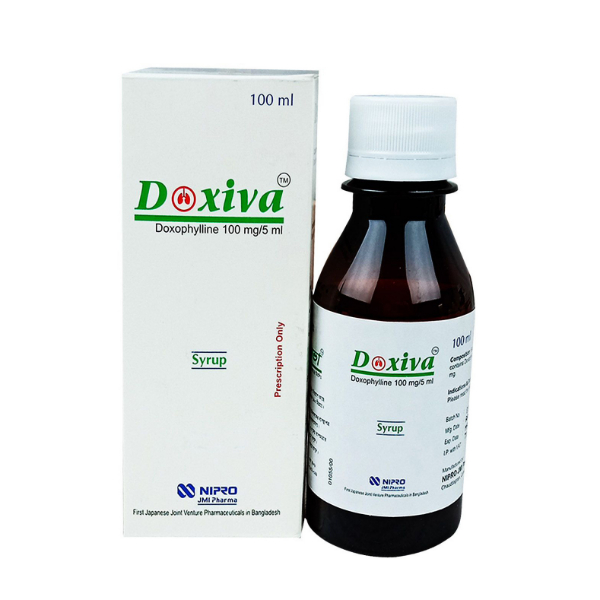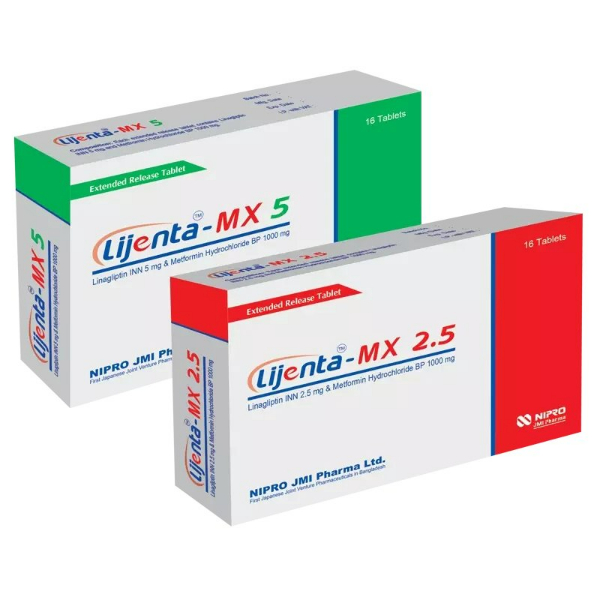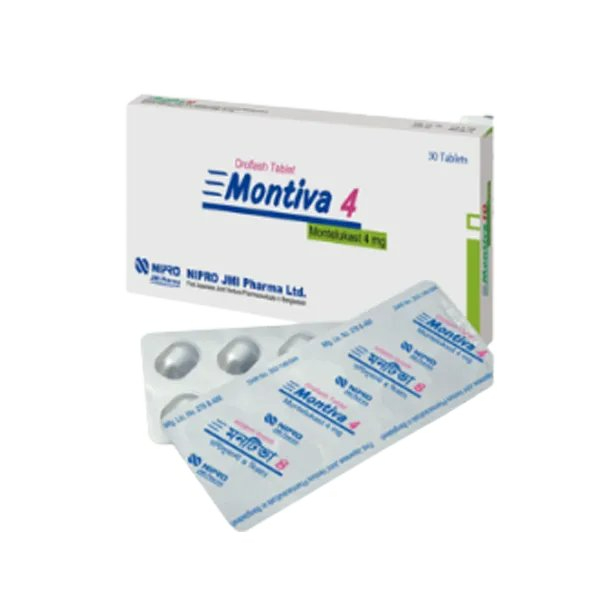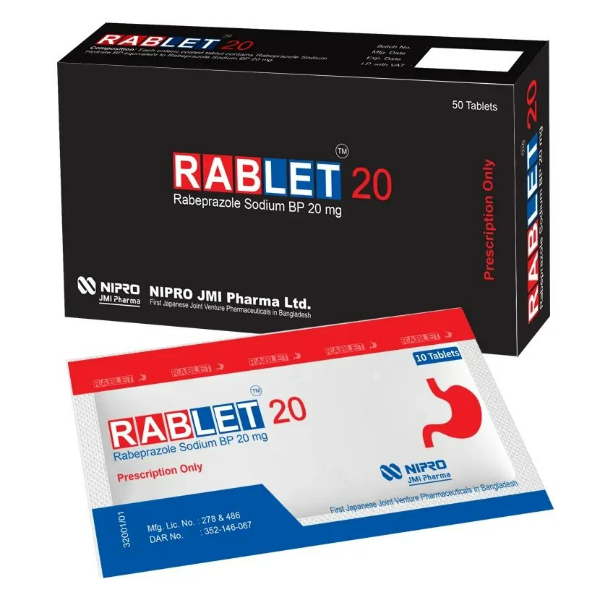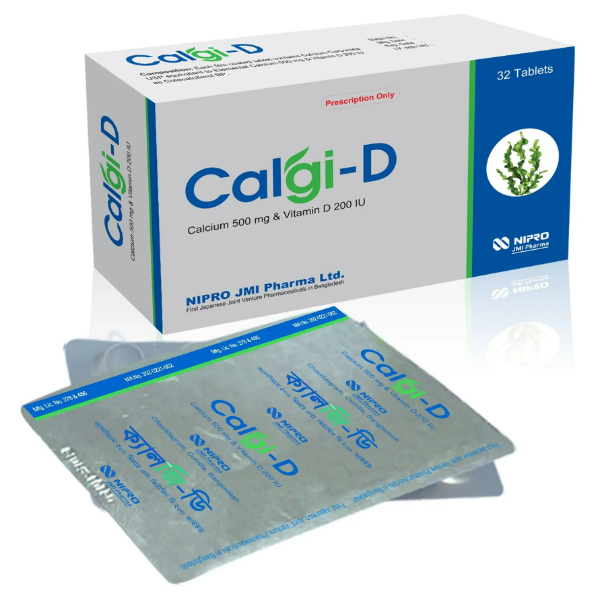Description
রেজিস্টার্ড চিকিৎসকের পরামর্শ মোতাবেক ঔষধ সেবন করুন*
Indications:
Montiva 10 mg is indicated for:
-
Prophylaxis and chronic treatment of asthma
-
Acute prevention of Exercise-Induced Bronchoconstriction (EIB)
-
Relief of symptoms of Allergic Rhinitis (AR): Seasonal & Perennial Allergic Rhinitis
Pharmacology:
Montelukast is a selective and orally active leukotriene receptor antagonist that inhibits the cysteinyl leukotriene receptor (CysLT1). The cysteinyl leukotrienes (LTC4, LTD4, LTE4) are products of arachidonic acid metabolism and are released from various cells, including mast cells and eosinophils. Cysteinyl leukotrienes and leukotriene receptor occupation have been correlated with the pathophysiology of asthma & allergic rhinitis, including airway edema, smooth muscle contraction, and altered cellular activity associated with the inflammatory process, which contribute to the signs and symptoms of asthma.
Dosage & Administration:
-
Adults & adolescents (15 years & older): 10 mg/day
-
Pediatric patients (6 to 14 years): 5 mg/day
-
Pediatric patients (6 months to 5 years): 4 mg/day
-
For acute prevention of EIB: 10 mg at least 2 hours before exercise; do not take additional doses within 24 hours
Interaction:
No dose adjustment is needed when Montiva is co-administered with theophylline, prednisone, prednisolone, terfenadine, digoxin, warfarin, gemfibrozil, itraconazole, thyroid hormones, sedative-hypnotics, non-steroidal anti-inflammatory agents, benzodiazepines, decongestants, oral contraceptives, and Cytochrome P450 (CYP) enzyme inducers. However, when powerful cytochrome P450 enzyme inducers, such as phenobarbital or rifampin, are co-administered, appropriate clinical monitoring is recommended.
Contraindications:
Montiva is contraindicated in patients who are hypersensitive to any component of this product.
Side Effects:
Common: Diarrhoea, fever, gastrointestinal discomfort, headache, nausea, vomiting, skin reactions, upper respiratory tract infection.
Uncommon: Akathisia, anxiety, arthralgia, asthenia, abnormal behavior, depression, dizziness, drowsiness, dry mouth, haemorrhage, irritability, malaise, muscle complaints, oedema, seizure, abnormal sensation, sleep disorders.
Rare: Angioedema, concentration impaired, disorientation, eosinophilic granulomatosis with polyangiitis, erythema nodosum, hallucination, hepatic disorders, memory loss, palpitations, pulmonary eosinophilia, suicidal tendencies, tremor.
Pregnancy & Lactation:
Montiva is classified as pregnancy category B. Although it has been demonstrated that the medication crosses the placenta in rats and rabbits, there are no records of its use in pregnant humans. Although there is some evidence that it is also secreted in breast milk, little is known about the implications of this discovery. Before starting the therapy in nursing mothers, caution should be exercised.
Precautions & Warnings:
Montiva is not indicated for use in the reversal of bronchospasm in acute asthma attacks, including status asthmaticus. Patients should be advised to have appropriate rescue medication available. Therapy with Montiva can be continued during acute exacerbations of asthma. While the dose of inhaled corticosteroid may be reduced gradually under medical supervision, Montiva should not be abruptly substituted for inhaled or oral corticosteroids.
Therapeutic Class:
Leukotriene receptor antagonists
Storage Conditions:
Store below 30°C in a cool, dry environment while keeping out light and moisture. Keep out of reach of children.

